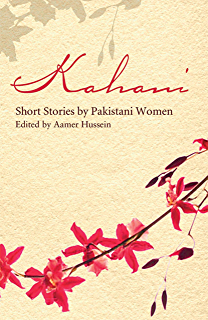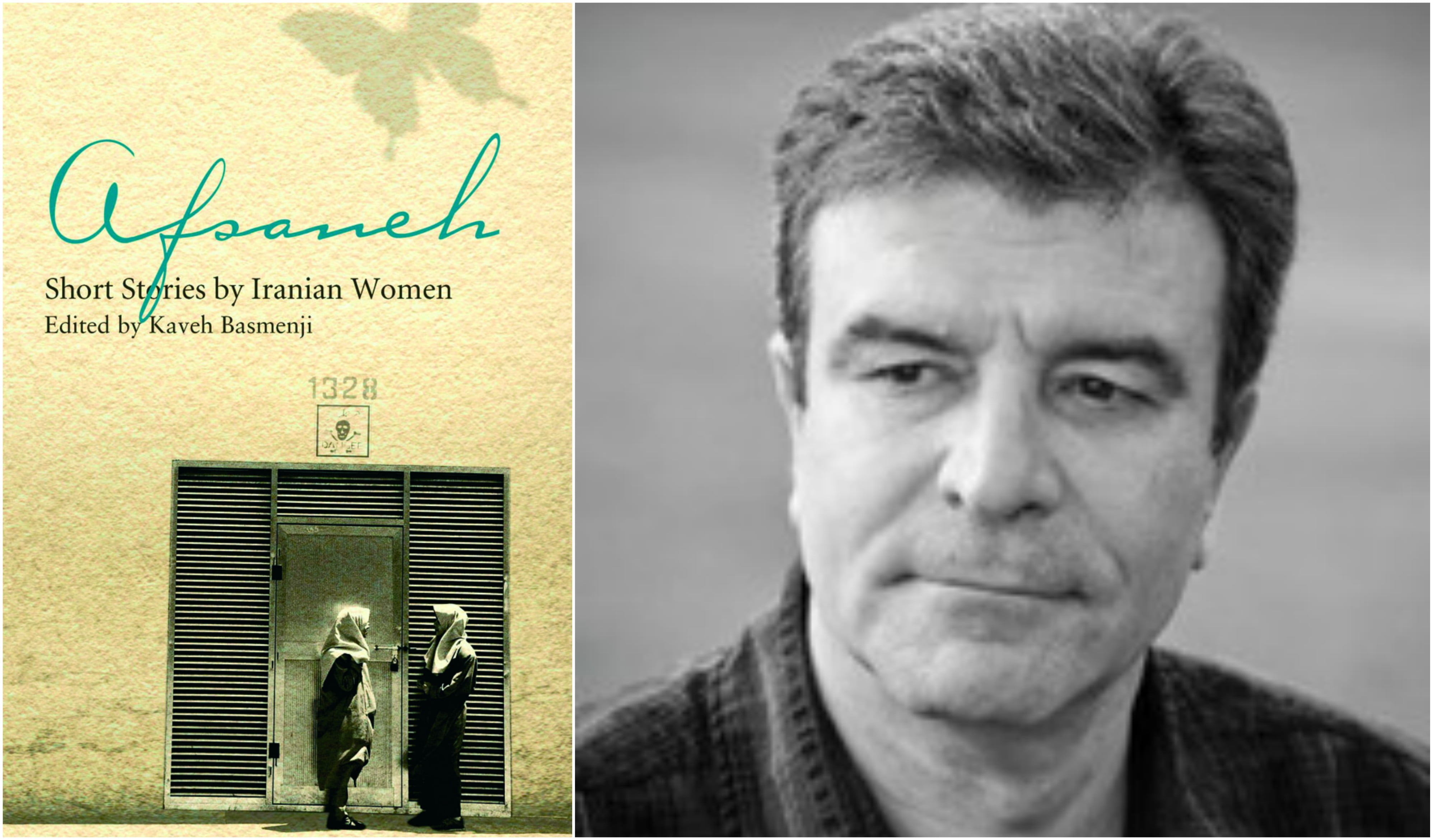Afsaneh: Short Stories By Iranian Women By Kaveh Basmenji, was a heartbreaking book to read and I wept throughout while reading it. I had to put it away and take breaks from it. I must add that I read it while I was grieving and it just wrenched my heart out. Perhaps my grief had something to do with my reaction but I can’t be sure. While reading a few of the stories in this collection earlier, I’d had a similar response, although I never got around to completing the entire collection at the time. Yet, I wouldn’t miss this book for the world!
Afsaneh: Short Stories by Iranian Women
Author: Kaveh Basmenji
Publisher: Saqi Books (15 November 2013)
Genre: Fiction
This particular collection is part of a series of women’s short story collections from all over the world. I have read the Indian collection. The Pakistan collection is called Kahani and Galpo is the collection from Bangladesh lined up next. There are also collections of stories by Palestinian, Czech and Lebanese women, all of which are published by Saqi Books.

The editor’s foreword provides a short introduction to modern Iranian literature by women. Kaveh Basmenji is the editor and translator. I probably shouldn’t hold his gender against him, but I can’t help feeling that a woman would have done a very different and better job of curating this collection. The characters who inhabit these tales are overwhelmingly women characters.
Indeed violence and its threat is the ghost suffusing the pages of this book, its presence lurking from the words, casting a pall over the lives of the women who live in them.
There are two stories featuring men taking a second, younger wife, both told from the perspective of the daughters of the first wife. In the story, the protagonist is a child living a charmed and happy childhood when she realizes that her father is not really on a trip but is gone forever. In Mansoureh Sharifzadeh’s The Stranger, the teenager protagonist’s father has abandoned her mother, and the daughter now faces threats of violence similar to the violent attacks and abuse her mother had put up with.
Indeed violence and its threat is the ghost suffusing the pages of this book, its presence lurking from the words, casting a pall over the lives of the women who live in them. Most of the stories are pictured in rural settings and the descriptions are rich with depictions of nature. Agriculture has been a basic mode of living of the people of the land and it is natural that the stories use the agricultural practices and mentions of flora and fauna as regular backdrops to the stories. Gardens are an intrinsic part of Iranian culture.
Indeed the Mughals love of gardens and their laying them out wherever they went, be it Shalimar Bagh or Srinagar or the rich greens in the cities can be traced to a very large Persian cultural influence.
A few of the stories with magic realism were difficult for me to understand, and the genre not being a favorite of mine, the convolutions that went on did sometimes get the better of me. The magic realism of Shahrnoosh Parsipour in two stories Crystal Pendants and Mahdokht, though set in very different backdrops, are tied to their characters’ yearning for liberation, even if only in another life.
Moniru Ravanipour’s The Blue Ones is rife with fable images of weeping mermaids and sailors, who are down to them and thus drown in the sea. This was gripping and surreal, yet it made me very uncomfortable. The comings and goings of people in a hospital which seemed more of a place of cruelty than healing, I couldn’t wait for it to end, and the ending left me mystified.
The tragedies of old age, the helplessness that comes with it and the dependence on children who have less and less time for you, even as you languish lonely, is depicted in heart breaking detail in more than one story. Whether it is To Whom Shall I Say Hello? or Goli Taraqqi’s character Mahin Banoo in A House In Heaven, the tribulations of old age are poignantly brought to life in these stories.
Mahsid Amarshahy’s story of a chance encounter on a train, in Khorramshahr-Tehran, tells of a woman who takes a risk which is sexual in nature. A woman with agency and control over her body and her desire is such a welcome departure.
The tragedies of old age, the helplessness that comes with it and the dependence on children who have less and less time for you, even as you languish lonely, is depicted in heart breaking detail in more than one story.
My absolute favorite story was The Shemiran Bus so wonderfully crafted by Goli Taraqqi. A woman taking a bus ride with her daughter reminisces about her own childhood riding a bus to school and her attachment for the driver of her bus, who by all accounts seems like an uncouth untrustworthy character. It reminded me so much of Rabindranath Tagore’s “Kabuliwala“.
Also read: The Bystander Anthology: The Graphic Narratives Of South Asian Women
There are twenty stories in all, with a few authors getting multiple entries. The editor uses the time frame of the Islamic Revolution to categorize the stories. The revolution however, is actually featured in only two of the stories and it does not seem to have brought any discernible change in the (mis)fortunes of the women who populate these stories. At least no drastic change is portrayed in the stories featured here. A little bibliography states that most of the writers were born in the time period 1931-65 with a mention of one or two more works by each of the authors.
As for the translation, the attempts to use Americanisms becomes glaring and the translation is jarring at times. Even though I am not conversant with the Persian language, I could still guess where the translation has floundered. When the sensibilities of the speakers of two languages differ so widely, transferring the syntax to another language is always a challenging task and here the gaps show up.
This is my first introduction to modern Iranian literature, and I am not aware of the variety of writing available, but perhaps the collection could have been a little more varied. The stories can get a tad repetitive. The depiction of the harsh realities of ordinary working class women’s lives in Iran may come from a place of truth-telling, but the relentless misfortune that dogs the women in most of these stories does get a bit harrowing.
As for the translation, the attempts to use Americanisms becomes glaring and the translation is jarring at times. Even though I am not conversant with the Persian language, I could still guess where the translation has floundered.
“Afsaneh” a word commonly used in Hindi and Urdu, is familiar to me. The word itself is magical to me, with it’s connotations of fable. And much of the delight I took in reading this book was the pleasure of stumbling upon familiar words, from having been absorbed from Persian into Hindi. Realizing how the culture of this vast, ancient land has influenced Indian, specially the Awadhi culture of Lucknow was another bonus.
Also read: Book Review: Widows Of Vidarbha – Making Of Shadows By Kota Neelima
If you are at all curious about Iran and the lives of its women Afsaneh: Short Stories By Iranian Women, would be highly recommended.
About the author(s)
A teacher by profession, a student of women's and gender studies, a life long learner and passionate feminist. Come, let me tell you why we should all be feminists!




